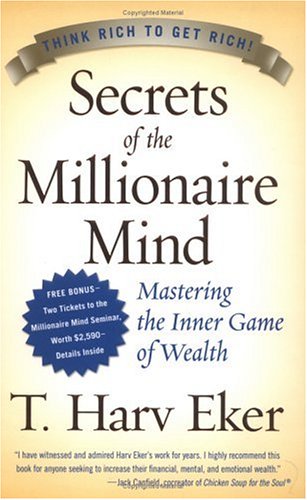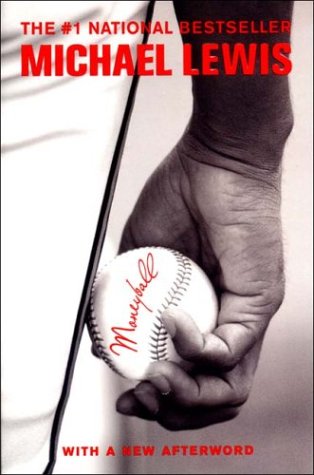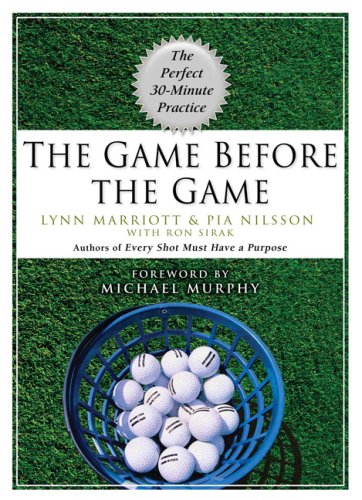
Neil Strauss, the New York Times bestselling author of The Game, presents Rules of the Game:
I. The Stylelife Challenge
Master the Game in 30 Days
II. The Style Diaries
The Pickup Artist's Companion
Questions for Neil Strauss
 Amazon.com: Yours has to be one of the strangest career paths in the book business: from rock critic at the New York Times, to cowriter of memoirs with rockers and porn stars, to bestselling seduction guru. Do you ever wonder how you got from point A to point Z?
Amazon.com: Yours has to be one of the strangest career paths in the book business: from rock critic at the New York Times, to cowriter of memoirs with rockers and porn stars, to bestselling seduction guru. Do you ever wonder how you got from point A to point Z?
Strauss: Oddly, I never do. Instead, I wonder why it took me so long to get to point Z. And then I wonder if people are going to stick with me when I go to point whatever-is-after-Z next. I guess that would be point AA--which, come to think of it, I've already been to with Dave Navarro while writing his book.
Amazon.com: You write in the introduction to Rules of the Game that you thought The Game was your "last word on the subject," and you were ready to get on with your life. But, like Michael Corleone, you got pulled back in. Why was it so hard to leave?
Strauss: Good simile. Someone else compared it to Donnie Brasco. There's something about the seduction community that sucks people in. I've seen college kids drop out of school; doctors quit their jobs; and celebrities take huge career risks to pursue this knowledge.
It may be because, according to the Kinsey Institute, most men think about sex every two minutes. But our society has never given them tools to safely fulfill these desires. Once they find out there's a way to learn to be more successful with women--and see evidence that it works--they tend to dive in headfirst. Perhaps because, when it comes down to it, this is why we're really here.
Amazon.com: Do you meet women who have read The Game? What do they think? And with the thousands of people out there you have trained and the many more thousands who have read the book, are women starting to recognize the strategies? Do they ever say, "Hey, you're playing the Game on me"?
Strauss: I've run into some women who've read the book to learn about the male mind, and they've all been positive about it--the book, that is, not the male mind. It's the women who've heard of the book but haven't read it who want to burn it.
And actually, a guy at a book signing the other day told me he got caught using one of the openers. But he still walked away with her phone number. His advice: on the rare chance that it happens, don't get scared and scamper off. Instead, use it as an opportunity to start a conversation about the game itself and whether it works. If they've read the book, this obviously means they're interested in the subject--and now you both have something in common.
Amazon.com: Rules of the Game is actually two books: the Stylelife Challenge and the Style Diaries. The first book is pretty straightforward: a 30-day plan for "Mastering the Game." But the second one is not what you'd expect in a self-help book. Can you explain what it is and why you included it?
Strauss: I didn't want to just give people a self-help book, and promise that their life will be sunshine and unicorns forever. I wanted them to know that with knowledge and power come a new set of challenges and problems. So the black book contains seduction stories from the dark side of the game, and the fact that, as the German director Fassbinder put it, "We were born to need each other, but we still haven't learned how to live with each other."
Amazon.com: Part of the story of The Game was the tension of what happens, after you've become proficient at the Game, when you find someone you love. Is that the point: to go from player to lover (or, ulp, husband!)? How do you do that? Or does playing the Game become its own end for some people?
Strauss: If you master the game, then you also must master your own fears and insecurities. And overcoming these destructive traits can only help you have healthier relationships. That said, the downside to learning the game and then falling in love is that you have to be strong, because there are a lot more options than there once were. So for readers who are having trouble: the secret to monogamy is realizing that the fantasy of being with someone else is usually better than the reality. You can't do better than love.
Buy Now From Amazon
 In order to develop a secure defense against a hostile alien race's next attack, government agencies breed child geniuses and train them as soldiers. A brilliant young boy, Andrew "Ender" Wiggin lives with his kind but distant parents, his sadistic brother Peter, and the person he loves more than anyone else, his sister Valentine. Peter and Valentine were candidates for the soldier-training program but didn't make the cut--young Ender is the Wiggin drafted to the orbiting Battle School for rigorous military training.
In order to develop a secure defense against a hostile alien race's next attack, government agencies breed child geniuses and train them as soldiers. A brilliant young boy, Andrew "Ender" Wiggin lives with his kind but distant parents, his sadistic brother Peter, and the person he loves more than anyone else, his sister Valentine. Peter and Valentine were candidates for the soldier-training program but didn't make the cut--young Ender is the Wiggin drafted to the orbiting Battle School for rigorous military training.




 Amazon.com: Yours has to be one of the strangest career paths in the book business: from rock critic at the New York Times, to cowriter of memoirs with rockers and porn stars, to bestselling seduction guru. Do you ever wonder how you got from point A to point Z?
Amazon.com: Yours has to be one of the strangest career paths in the book business: from rock critic at the New York Times, to cowriter of memoirs with rockers and porn stars, to bestselling seduction guru. Do you ever wonder how you got from point A to point Z? 


